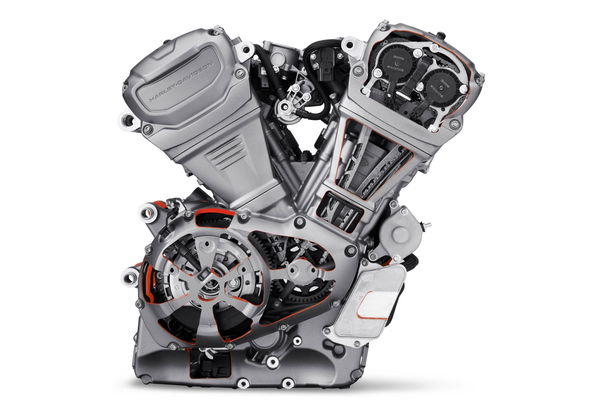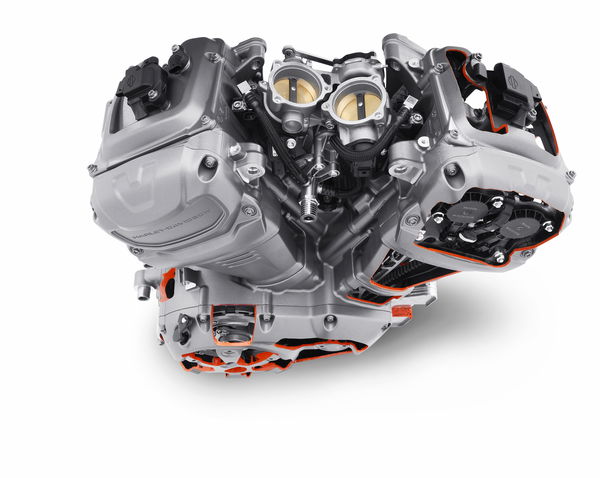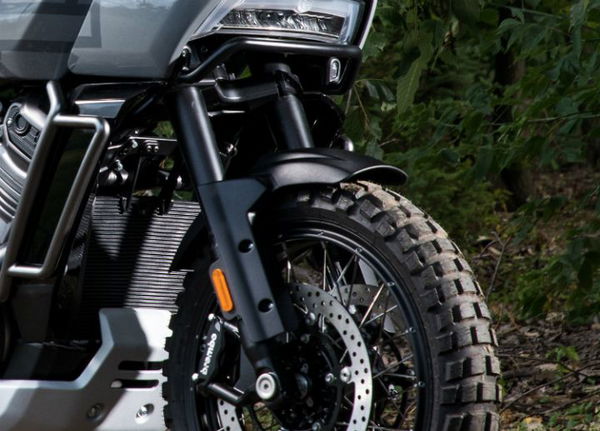Harley-Davidson Pan America 1250 Revolution Max engine
The Harley-Davidson Revolution Max engine that powers the new Pan America 1250 models is one of the most ambitious and advanced ever created by the firm

WITH the introduction of one of the most important bikes in the history of Harley-Davidson, the Milwaukee firm also unveiled one of its most technologically advanced units to date.
Harley-Davidson Pan America 1250 walk-around
For use in the Pan America 1250 and Pan America 1250 Special model, it’s designed to be flexible and engaging, with good mid-range torque and enough top-end power to bring a smile to your mush. But it needs to be more than that still… The Revolution Max powerplant is also finding its way into another new model, in the form of the funky-looking 1250 Custom we’ve reported on numerous times. And in that bike again, it’ll have a whole different set of boxes to tick.
In this article we are going to be focusing on the engine as it will land in the new Pan America, outlining just a few of its stand-out features and looking how it is going on to possibly shape a new range of H-D machines.

Clean-sheet design
The engine that is gracing the new bike is a completely new design, bearing no resemblance to any other H-D powerplant from recent history. One of the most noticeable changes is the use of 100 percent liquid cooling. Harley-Davidson has flirted with liquid cooling in some previous models, like the mid-2010s Road Glide Ultra and its liquid-cooled heads, although the majority are air-cooled.

Why water-cooling?
The move might not please the purists, but without the benefits that liquid cooling brings, we’d likely not see anywhere near the performance figures that Harley is claiming for the all-new model.
The liquid-cooling helps on many fronts, with the main being helping to reduce some of the mechanical noise within the engine helping to appease the Euro5 gods. It also keeps the engine at a more constant temperature, allowing closer internal tolerances to be obtained.

Structural design
As is fairly commonplace in the motorcycle world, the Pan America’s engine is a stressed member, kindly taking on some of the rigors of adventure riding. In doing this, the design team could focus on making the frame smaller and lighter than a conventional item.
Bolted to the Revolution Max engine are three frame elements: a front frame, a mid-frame, and the tail section. The front frame will be handling all of the stopping, turning, and landing forces that go through the bike while in use. The mid-frame and tail section bolt on at the rear and top of the engine and will be carrying the majority of the bike’s static load – rider, luggage, fuel, and so on.
With so many forces exerted on the unit, Harley’s engineers have had to think of ways to boost the design's internal muscle, with high-strength 345 aluminium being just one of the ways.
With conventional chain-driven overhead cams (another rarity on a Harley) and four valves per cylinder, the new design is substantial enough to double as a mounting point for the Pan America’s frame. The point where the frame bolts to the head needs some flex engineered in to it, while maintaining the rest of the tolerances required for areas like the combustion chamber.

Variable valve timing
The Revolution Max unit also boasts computer-controlled variable valve timing (VVT), and it’s another nod to gaining performance where it’s needed while also gaining the all-important Euro5 certification. The system works on both the inlet and exhaust valves and has a range of 40° of crankshaft rotation. The net result should be a broader spread of torque in the mid-range, with a nice little rush to the redline just to keep things interesting.
It’s worth bearing in mind that we haven’t even covered the complete raft of innovations within the new engine – for a full run down follow this link – but it is still clear that this new unit is a step-change for the Milwaukee manufacturer.
And it doesn’t stop with the Pan America 1250 models, the Revolution Max will also be seeing service in the 1250 Custom that’s had tongues wagging for some time now. Indeed, it was also supposed to be powering the sadly shelved (or put on the back burner at least) Bronx naked bike project.
It’s an exciting time to be a Harley-Davidson fan.












